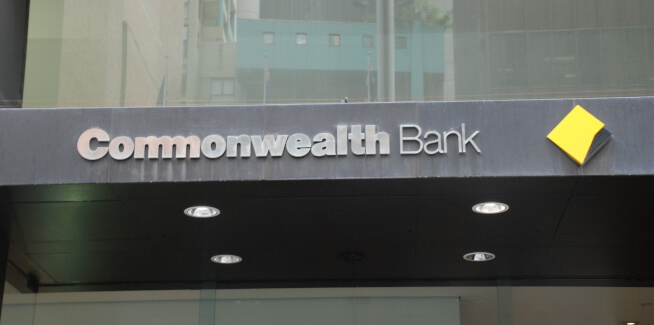The Australian Prudential Regulation Authority (APRA) has released its latest monthly banking statistics, revealing that in the first month following the federal election, three of the big four banks reported strong growth in their mortgage portfolios, particularly in the owner-occupied space.
APRA’s June data also marks the first monthly statistics since the Reserve Bank of Australia’s (RBA) first cut to the official cash rate in almost three years.
CBA
The Commonwealth Bank of Australia (CBA) outperformed its big bank competition, with its mortgage book increasing by $2.2 billion in June, rising from $433.4 billion to $435.6 billion.
Most of CBA’s portfolio growth came via its owner-occupied channel, which grew $1.9 billion, from approximately $300 billion to $301.9 billion.
CBA reported a more modest increase in its investment portfolio, which increased by $300 million to $133.7 billion.
The major bank’s home lending portfolio increase has supported remarks made by CBA CEO Matt Comyn following the federal election in May.
Mr Comyn said the bank experienced a surge in home loan applications via both the proprietary and broker channel in the week following the Coalition government’s election victory – which signalled the defeat of the Labor opposition’s proposed changes to negative gearing and the capital gains tax.
“We did have the strongest week in applications that we have seen in more than six months. It did feel – certainly from a demand perspective – there is quite a shift in sentiment.”
Westpac
Westpac Group also recorded strong portfolio growth in June, with its total mortgage book increasing $1.8 billion, from $417.5 billion to $419.3 billion.
Westpac’s growth was also primarily driven by a spike in its owner-occupied book, which grew by $1.3 billion, from $264.5 billion to $265.8 billion.
The bank’s investment portfolio grew by $500 million, from $153 billion to $153.5 billion.
NAB
NAB also benefited from the reported spike in property market sentiment following the federal election, with its portfolio growth returning to positive territory after contracting by $500 million in May.
In June, the major bank’s overall portfolio grew by $300 million, from $260.5 billion to $260.8 billion.
NAB’s overall growth was solely driven by an improvement in its owner-occupied book, which increased to $156.2 billion.
The bank’s investment portfolio remained stable at $104.6 billion.
No recovery for ANZ
Unlike its three main competitors, ANZ failed to report portfolio growth in June, with its overall book contracting $1.9 billion to $253.6 billion, taking the cumulative contraction in its portfolio in the 2019 calendar year to $5.1 billion.
Despite driving the overall increase in competitors’ mortgage books, the owner-occupied portfolio was primarily responsible for ANZ’s contraction in June, slipping by $1.2 billion to $176.9 billion.
ANZ’s investment portfolio also declined, decreasing by $700 million to $76.7 billion.
Following the release of the bank’s half-year 2019 financial results (1H19), CEO Shayne Elliott told Mortgage Business that ANZ’s weakened position in the mortgage market was attributable to a “conscious” decision to revise its home lending strategy.
Mr Elliott went on to state that ANZ’s new strategy has reflected the “massive shift” in appetite away from borrowers with a higher-risk profile, with the bank reducing its exposure to investment and interest-only loans.
However, Mr Elliott conceded that the bank’s reaction to increased regulatory scrutiny in the lending environment was “clumsy”, adding that ANZ “overshot” in its policy response.
Mr Elliott noted that the bank was working on improving its processes but added that ANZ was “not going back to the old days of saying all market share is the same, and we want to grow as much as we can”.
ANZ also partly attributed its decision not to pass on the full 25 bps cut from the Reserve Bank of Australia to its “business performance” and “market conditions”.
Total credit growth remains stable
Despite three of the big four banks experiencing portfolio growth in June, housing credit growth remained stable at 0.2 per cent, according to the latest Financial Aggregates data from the Reserve Bank of Australia (RBA).
However, housing credit growth slowed in annual terms, from 5.6 per cent in the 12 months to June 2018 to 3.5 per cent in the year ending 30 June 2019.
The RBA also reported a decline in both personal and business lending growth, which on a monthly basis, fell 0.2 per cent and 0.1 per cent, respectively.
In annual terms, personal lending was down from -1.3 per cent to -3.5 per cent, while business lending grew from 3.2 per cent to 4 per cent.
Total credit growth remained stable in June at 0.1 per cent but was down in annual terms from 4.4 per cent to 3.3 per cent.
[Related: Warning issued over housing market ‘bull trap’]

